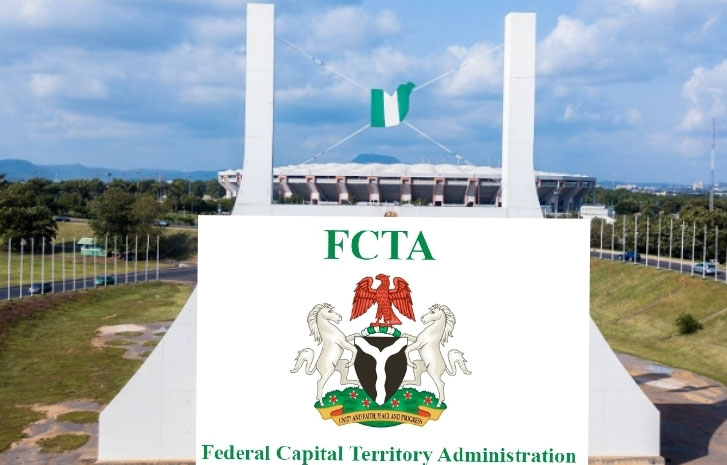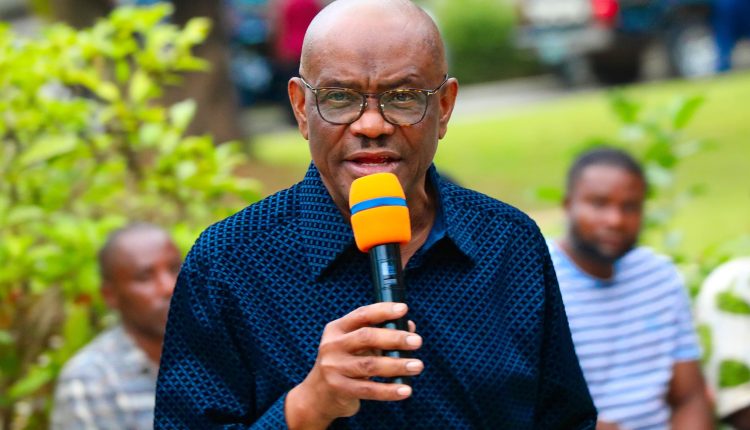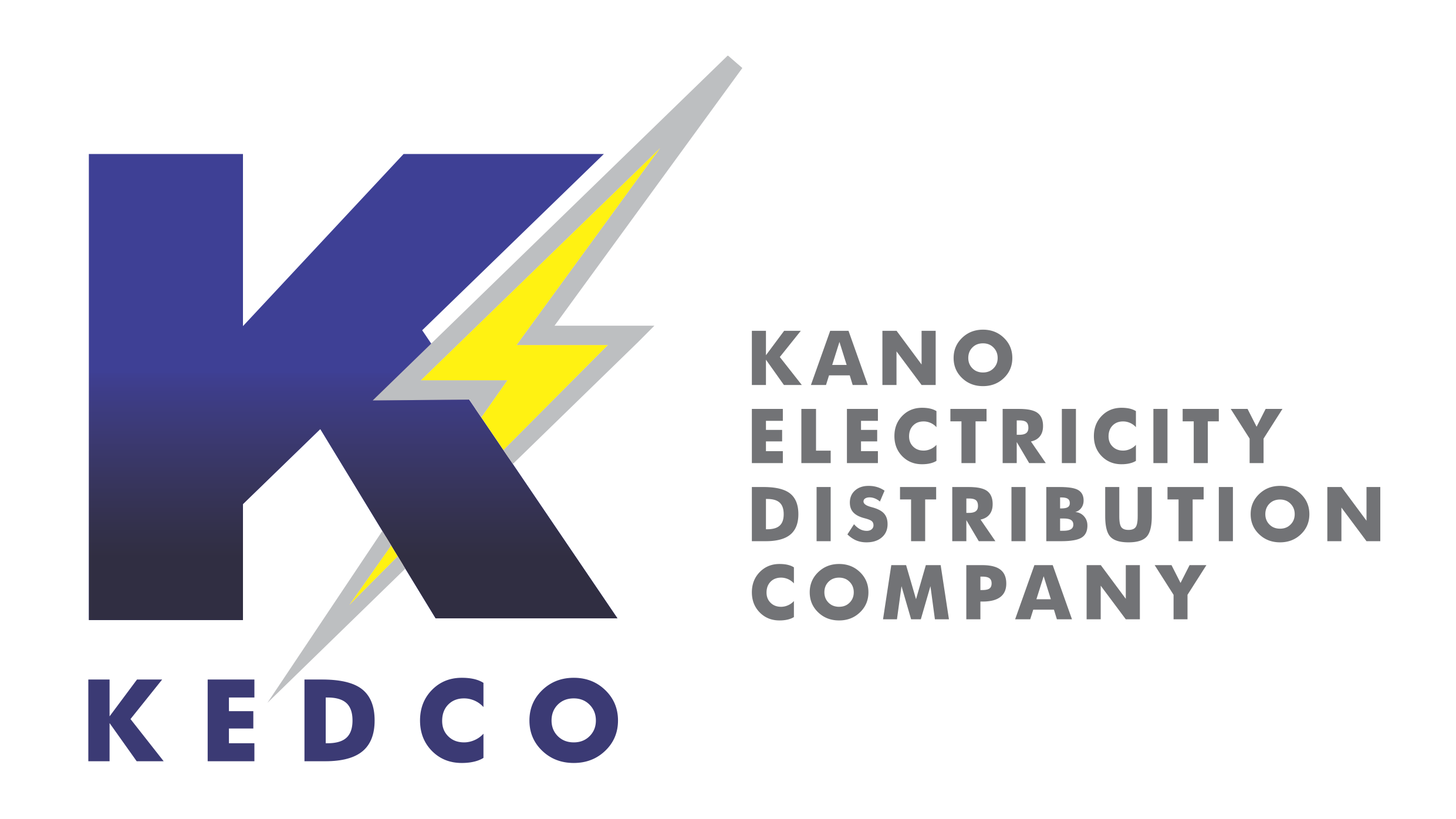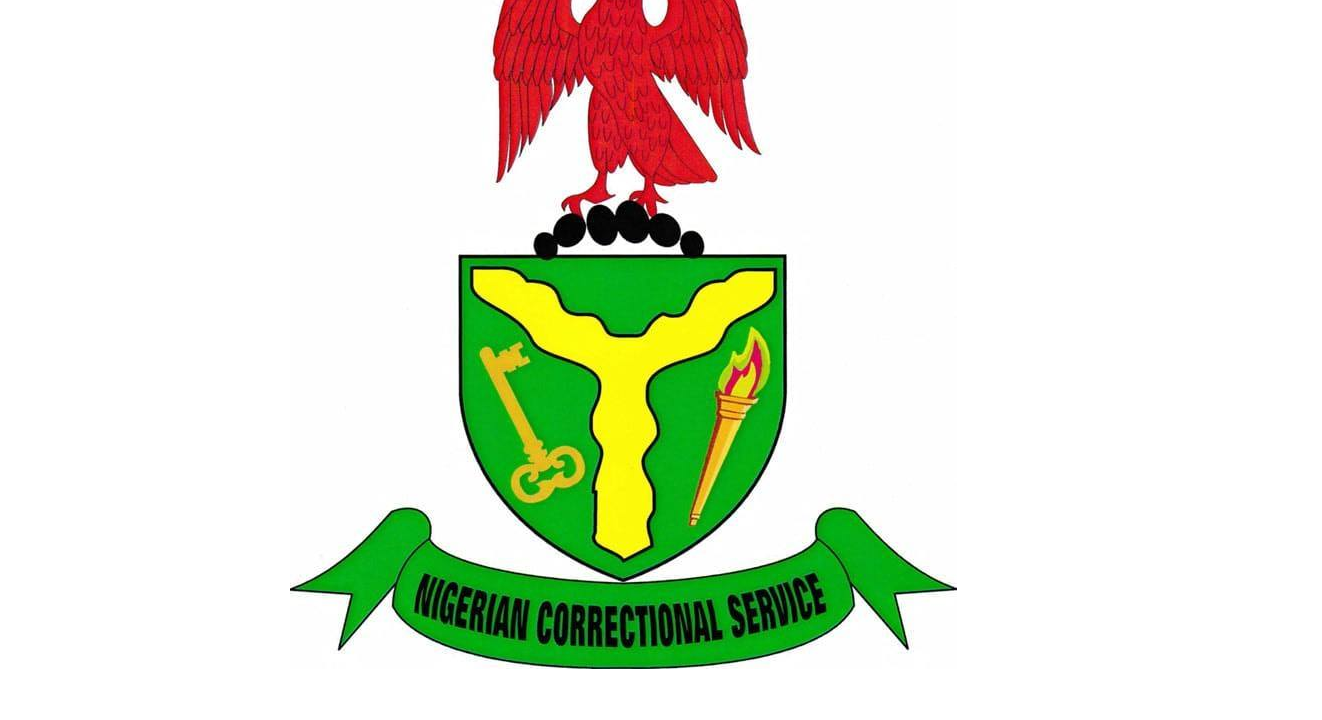By Tony Wright
It’s unwise to get between a political leader and a VIP jet.
I discovered this long before the US scammer-in-chief, Donald Trump, began making grateful cooing noises when the crafty Qatari royal family offered him the gift of a $600 million flying palace.
All those gold walls, carpets deep enough to soothe the alleged bone spurs that saved young Trump from serving in Vietnam, the several bathrooms suitable for a man who lives on Big Macs and chocolate milkshakes.

Donald Trump before an audience of military personnel at the Al Udeid Air Base in Qatar last week.Credit: Getty Images, digitally tinted
Why, if only it had particularly ghastly crystal chandeliers, it could be Mar-a-Lago in the sky.
Still, as Trump himself protested on his hilariously named Truth Social, “Only a FOOL would not accept this gift on behalf of our country.”
Or, perhaps, a fool who was still a smidge concerned about bribery and corruption.
Or a fool who figured the authors of the US Constitution actually meant something by inserting a clause prohibiting a president from accepting any gift, emolument, office, or title from a “King, Prince, or foreign State” without the consent of Congress.
We do things differently in Australia.
Way back in 1993, Australian prime minister Paul Keating was deeply unimpressed to find himself reduced to flying around the world in a 30-year-old second-hand Boeing 707.
The 707 was Australia’s VIP jetliner, but it had seen better days. The little fleet of 707s came from the late 1950s/early ’60s era when rock ’n’ roll and V8 hot rods ruled and noise pollution wasn’t a problem.
By the time Keating was PM, the RAAF had to beg permission to land the 707 at many international airports because its two old engines made such a racket, even after they were fitted with exhaust baffles.
In 1992, when Keating made an official visit to Tokyo, the Japanese politely explained its international airport, Narita, wasn’t suitable.

Paul Keating’s plan for a two new prime ministerial planes was grounded in 1993.Credit: Getty Images
They directed the RAAF to land at Tokyo’s domestic airport, which presumably had vintage spanner sets for elderly airframes if the plane broke down.
It was humiliating for a prime minister like Keating, whom cartoonists cruelly drew as the modern embodiment of the extravagantly self-absorbed Sun King, France’s Louis XIV.
I had by then spent happy years flying around the world in the old 707s as part of the press gallery pack. We called it the Zoo Plane. Wine of fine vintage and high jinks of great silliness flowed freely in the media cabin down the back. Until Keating became PM, Bob Hawke smoked cigars and played poker in his suite at the front.
It was a most agreeable way to travel the world.
But then, in mid-1993, not long after Keating unexpectedly won the federal election against John Hewson, word floated my way through Canberra’s rarefied air that the triumphant PM was on the lookout for a new VIP plane.
Two, in fact.
Quiet conversations confirmed Keating’s desire for more-fitting VIP airborne transport, but that his department was on a collision course with the Defence Department, which was worried about the cost.
The two planes being considered were Boeing 757s. They weren’t flown by any airline in Australia, but they were big and modern and desirable. And expensive.

Tony Wright’s story on Paul Keating’s jet plans in The Sydney Morning Herald, June 16, 1993.Credit:
When my story was published in The Sydney Morning Herald, all hell broke loose.
The public went into a mild uproar, Keating’s Labor colleagues went weak at the knees, and I, as the messenger, got a number of shouty phone calls from offices not too far from the prime minister’s own parliamentary suite.
Even Keating suddenly found himself unwilling to test the generosity of voters, many of whom were still recovering from what he had called, only three years previously, “the recession we had to have”.
The story killed the planned purchase of new VIP planes stone dead.
Keating was still flying around in the ancient 707s three years later when he lost the prime ministership to John Howard.
I was not allowed to forget it.
Every time I stepped aboard the 707 for a trip overseas, I was reminded by Keating’s staff that if the plane fell out of the sky, I was to blame for writing “that bloody story”.
Loading
Press gallery colleagues, unhappy at being scooped, took up the sledging with glee.
And Keating continued to yearn for a plane more suited to a prime minister of style.
In 1995, on a trip to Germany, no sooner had we landed in Bonn than the poor unloved 707 was rolled into a darkened hangar and Keating proceeded to Berlin in a magnificently appointed Airbus lent to him by chancellor Helmut Kohl.
Some among the travelling media declared Keating looked green each time he emerged from the Airbus’ VIP suite with its gold appointments in the bathroom, its conference room and its super-modern communications.
I felt a bit sympathetic.
It wasn’t unusual for fittings in the ancient 707s to judder loose. I once copped a thump to the head when an internal ceiling panel fell out.
Keating was correct. The VIP fleet desperately needed replacements. John Howard eventually got a Boeing Business Jet that was (conveniently) too small to accommodate travelling journalists.
The current fleet consists of two Boeing 737s, ordered by Scott Morrison’s government and used these days by Anthony Albanese, the governor-general and others.
The point, however, was that a prime minister in Australia’s political system could not unilaterally choose the style of VIP plane available to him or her. Australia pays for its own perquisites, which are decided by federal departments like Defence and Prime Minister and Cabinet, which have rules and budgets.
It is unimaginable that an Australian prime minister would consider accepting a jumbo jet-sized bribe from a foreign country.
Loading
All senators and members of the House of Representatives are required to list their pecuniary interests in a register. The allowable limit for gifts from another government is $750, and from individuals it is $300.
A $600 million jet would appear mighty peculiar in any list of pecuniary interests.
Anywhere, really, outside Trump’s morally warped Washington.











